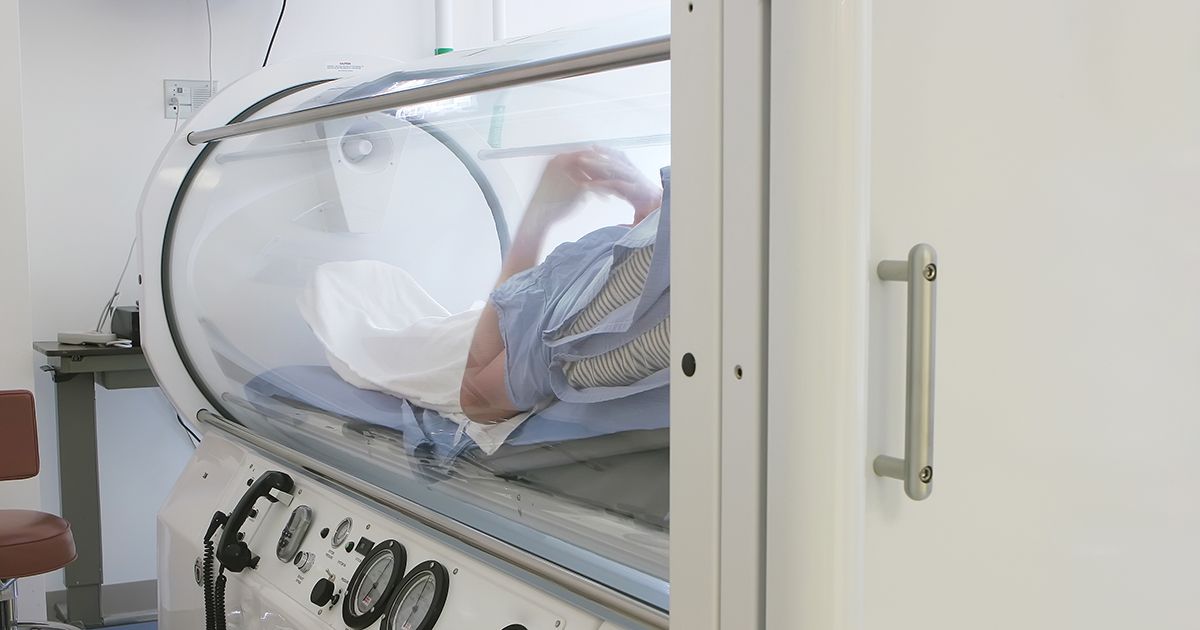How To Diagnose And Treat Compartment Syndrome
Keep Affected Area Elevated
A compartment syndrome patient is usually advised to keep the affected area elevated if it is a limb. Swelling from inflammation and fluid accumulation or edema can both cause compartment syndrome or worsen cases caused by other factors. In a compartment of the body that has high pressure, the pressure inside of the arterial blood vessels is higher than the pressure inside of the veins. When the affected compartment is at a level underneath the elevation of the patient's heart, the force of gravity causes more blood flow to the compartment while there is less blood being pumped back to the heart against the force of gravity. This mechanism can cause the oxygen-poor blood to accumulate the veins inside the compartment, resulting in leakage of fluid from the veins or edema. Both accumulated blood and fluid causes the tissues to swell in the compartment, effectively increasing the pressure inside of the compartment. Individuals who have compartment syndrome are advised not to stand for long periods and to elevate the affected limb to a level above the elevation of their heart when sitting or lying down to reduce swelling.
Uncover the next compartment syndrome treatment option now.
Hyperbaric Oxygen

An individual affected by compartment syndrome may need hyperbaric oxygen therapy as part of their treatment. Hyperbaric oxygen is a type of treatment method where a room or tube is filled with pure oxygen for the patient to breathe. The pure oxygen is also pressurized to over three times greater than the pressure of normal air. In these settings, the patient's lungs are able to collect a greater amount of oxygen then they do when pure oxygen is inhaled at normal air pressure. This increase in oxygen collection by the lungs allows for a rise in the amount of oxygen the patient's blood can transport. Compartment syndrome causes the blood vessels in the organs and muscles of the affected area to become compressed. This compression can restrict the amount of blood that can flow to these tissues, lowering the amount of oxygen that can be delivered. Hyperbaric oxygen therapy allows for a higher concentration of oxygen in the blood so the small amount of blood that does flow to the tissues in the affected compartment has the most oxygen in it that it can carry. This type of therapy can be used when the individual's tissue inside of the affected compartment has become damaged due to oxygen deprivation.
Discover additional methods of treating compartment syndrome now.
